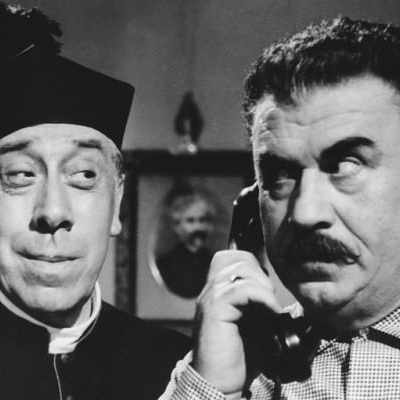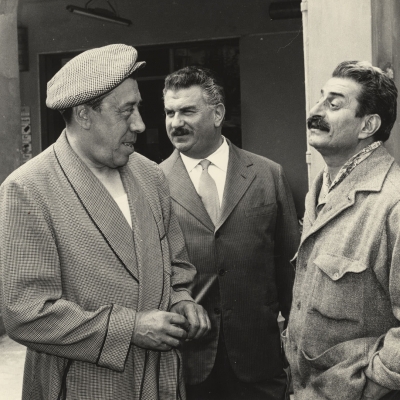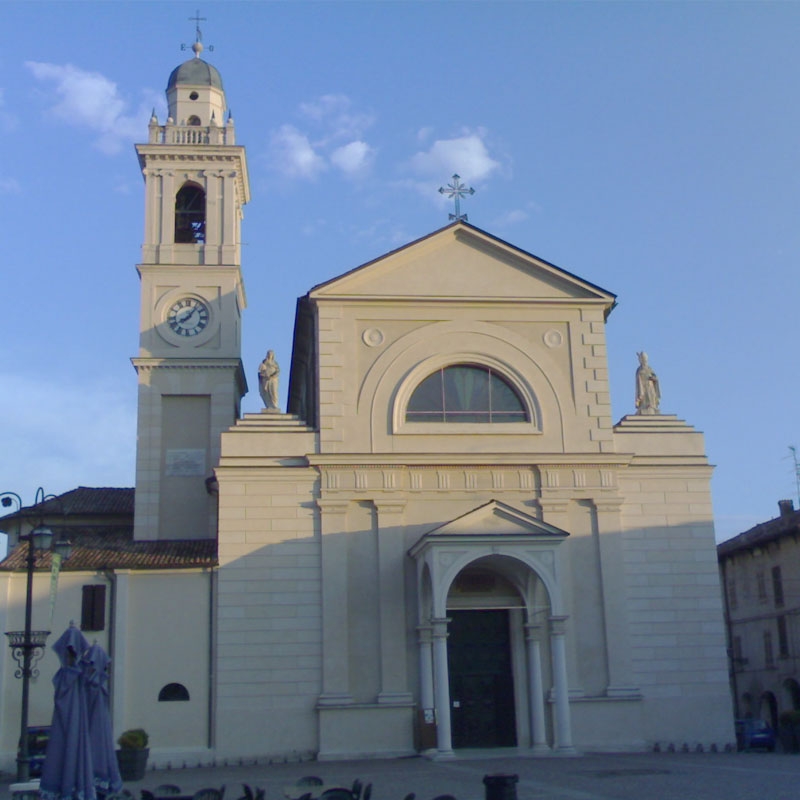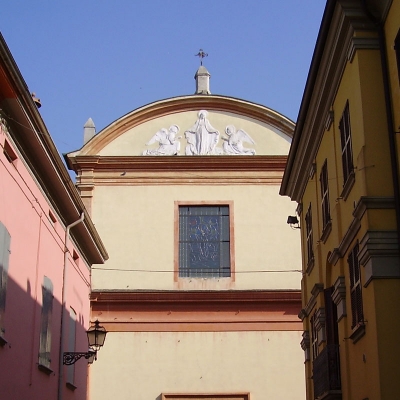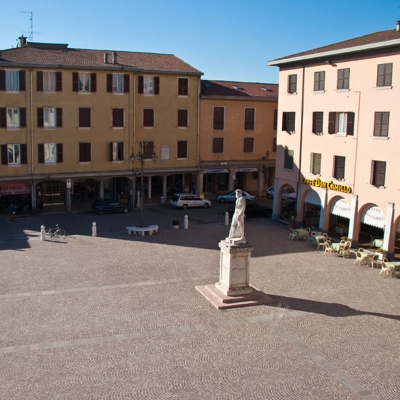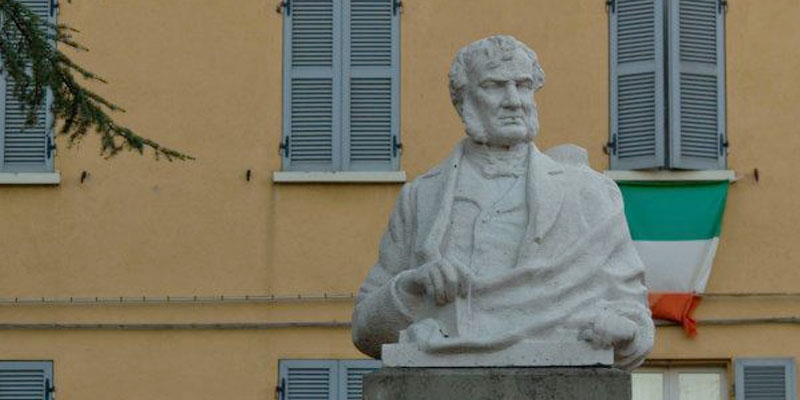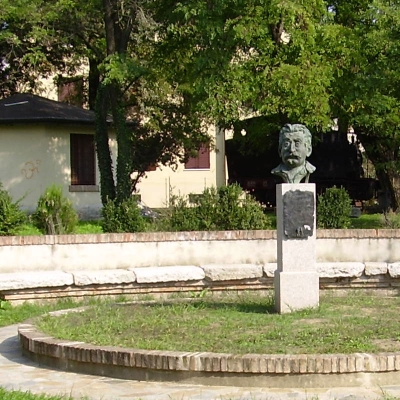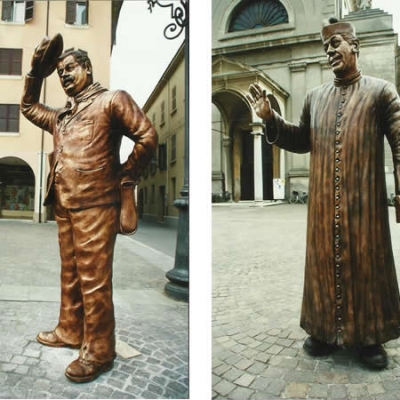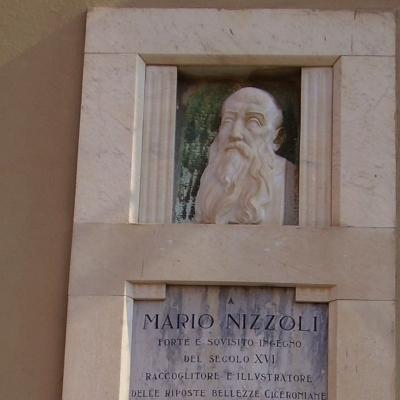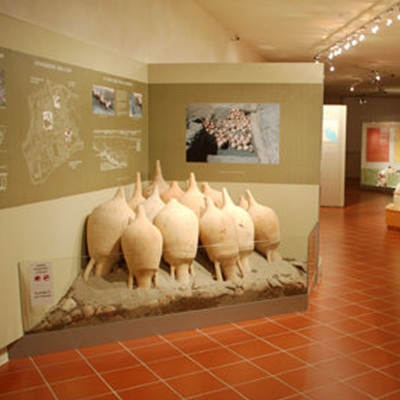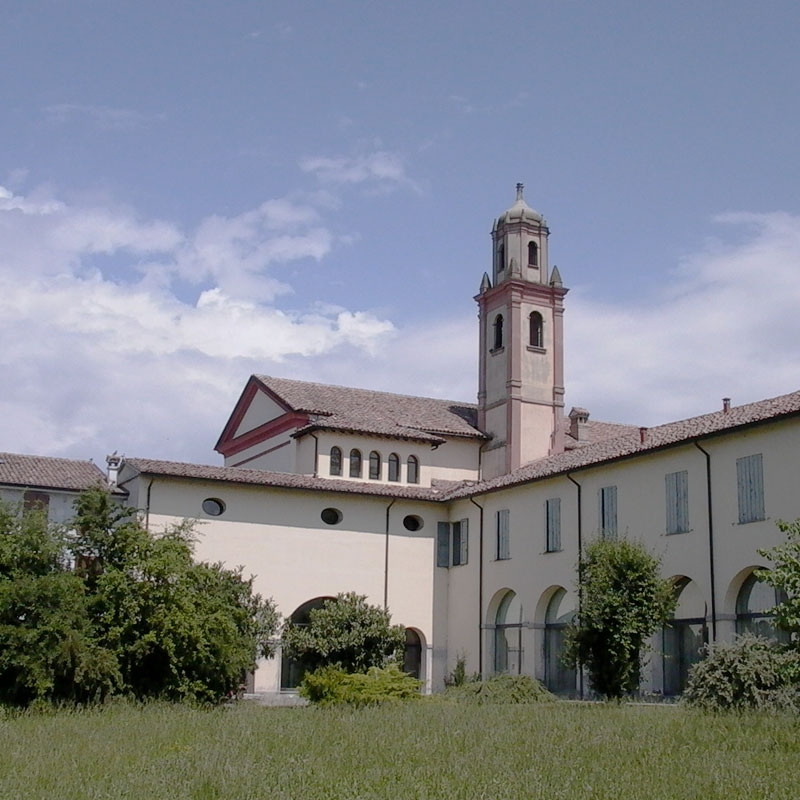Brescello
The village made immortal by Don Camillo and Peppone, the capital of the Piccolo Mondo by Giovanni Guareschi is located west of the Po, next to the embankment of the Great River.
Inhabited since prehistoric times, it was one of the main centers of the Roman domination in the area and gave birth to the philosopher and writer Mario Nizzoli (1498 - 1576) and the patriot, senator and "prince of librarians" Antonio Panizzi (1787-1870), founder of the famous library of the British Museum in London.
In the central square there is the statue of Ercole of Sansovino (1552) commissioned by Ercole II d'Este, the church of Santa Maria Nascente, inside which are preserved works by Carlo Zatti, the famous nineteenth century artist from Brescia, as a Nativity of Mary and Christ brought to the Sepulcher by Gualdi, an Emilian painter of the 500s. On the square, a few steps away, there is also the Palazzo Municipale, which together with the Church, has set the scene for Don Camillo's films. There are numerous other religious monuments of the territory, among which, in Lentigione: the complex of San Giorgio, with the Romanesque bell tower, dating back to the end of the century XII and the small Lateran Oratory "Bacchi Mellini ", containing tombstones, bas-reliefs, sculptures.
Every year in Brescello important events are held: the Film Festival "Mondo Piccolo Cinematografico", born in 2003, is dedicated to films, documentaries and productions that tell the stories of the Italian province: places, environments, traditions, culture, together with gastronomy and good food, the Feast of San Genesio, saint patron of the city, which falls on August 25th. Background of no less than 5 films by Don Camillo and Peppone, in Brescello, in addition to the museum dedicated to the protagonists, you can also admire various places and objects that were used in the movies: for example, the church or the square adjacent to it, in which two bronze statues were placed, depicting Don Camillo and Peppone in the act of greeting each other.
The remains and vestiges of the Roman era are instead preserved and exhibited at the Archaeological Museum, inside the magnificent Benedictine Complex of the late fifteenth century, which today houses the Municipal Cultural Center, with the library and the civic halls. All a stone's throw from the master's edge and the natural beauties of the Po and Foce flood plainof the Enza Torrent.

